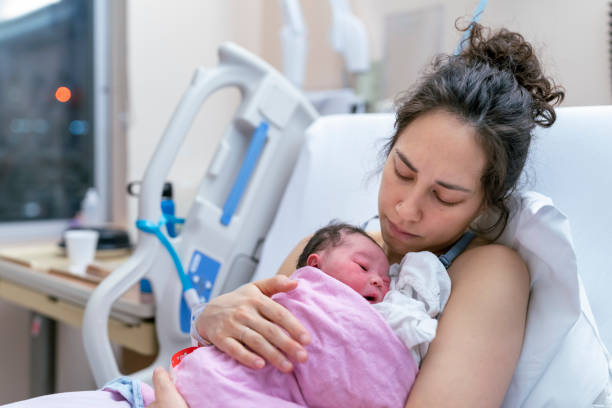When babies enter the world, they often start crying right away. But have you ever wondered how they know to do it? It might seem like a miracle, but there's actually a fascinating scientific explanation behind it.
While in the womb, babies receive everything they need through the umbilical cord and placenta. Their mothers' blood provides oxygen and clears away carbon dioxide, so they don't need to breathe on their own.
But once they're born and the umbilical cord is cut, babies have to start breathing independently. So, how do they know when it's time to take that first breath?
Well, it turns out that as soon as they're born, the level of carbon dioxide in their blood starts to rise rapidly. This increase acts as a signal to their brain that it's time to start breathing.
The brain then sends signals to the diaphragm and rib cage muscles, telling them to contract and expand so the baby can take that crucial first breath. And that's when you often hear that distinctive cry – it's actually the sound of the baby breathing in and then exhaling loudly.
So, in a way, that first cry is a built-in reflex, triggered by the baby's own body signaling that it's time to start breathing independently. It's an incredible process that happens automatically as soon as a baby is born, helping them make that important transition into the world outside the womb.

